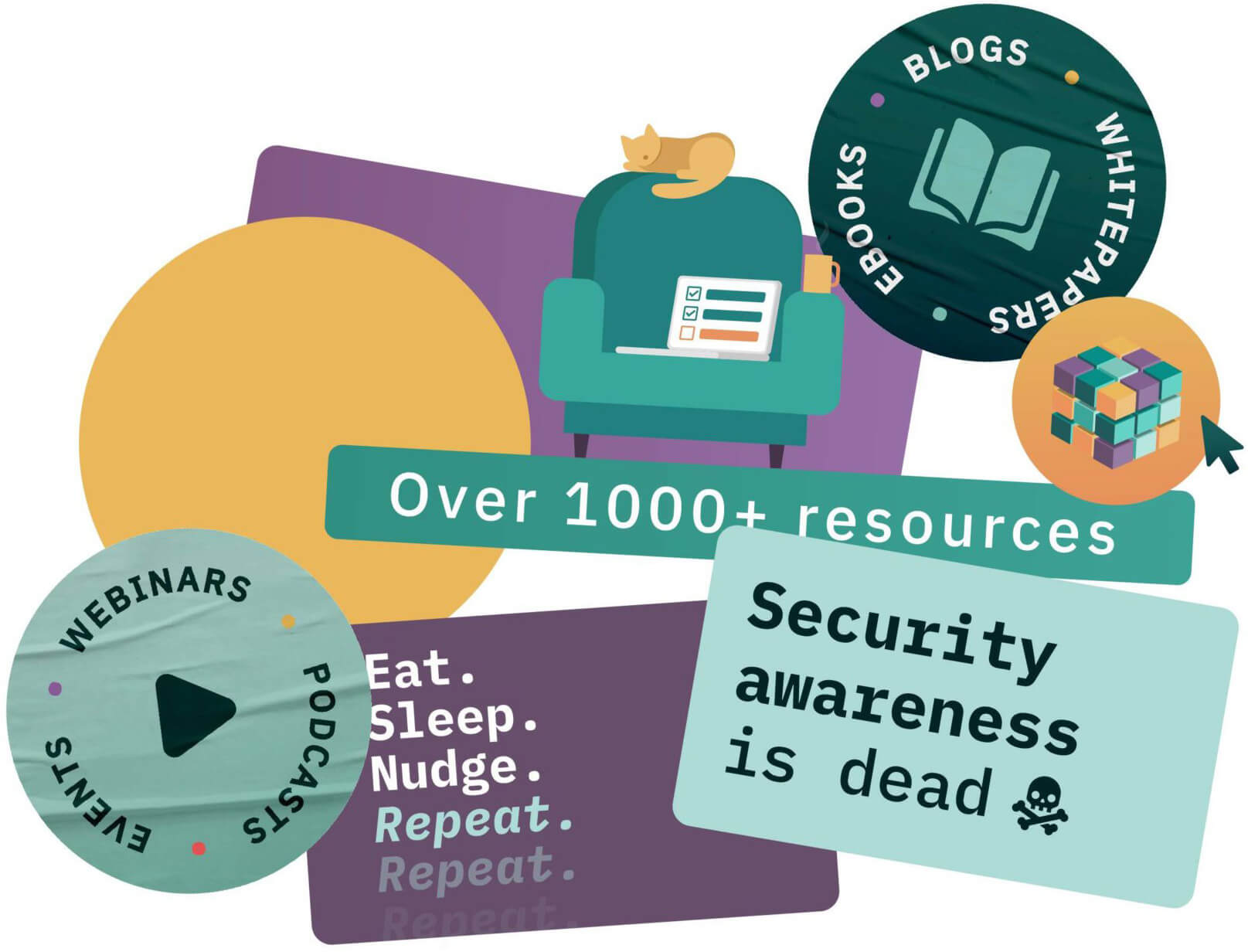Sadly, it’s something most of us will be all too familiar with, particularly in the tech industry. A post-pandemic study revealed 62% of cyber security professionals found their role stressful.
This year, the lines between work and home have been blurred further. We’ve felt anxieties about the health and wellbeing of our loved ones. These factors have made the situation with burnout worse.
Just over a year since the pandemic began, another study has found tech professionals to be the most likely to see their mental health decline. This needs addressing. We need to ensure tech professionals get the support they need, and feel able to be honest about suffering burnout. This is not only the right thing to do on a moral level, but it also makes business sense too. A comprehensive wellbeing strategy means more productivity.
So the question is, how do we achieve this? More often than not, we fall short in talking about this issue. The tech industry in general hasn’t always embraced vulnerability and empathy as the strengths they are. To change this, we need to start from the top.
It starts from the top
Burnout doesn’t discriminate. It hits us all in different ways, regardless of our role. Having spent a number of years serving in the military, I’ve experienced my fair share of stressful situations. My past has taught me stress can come in any form. Different situations will affect us all in different ways.
Being a C-level employee doesn’t make you immune to such burdens. Leadership and responsibility can weigh heavily on one’s shoulders. Instead of casting a blind eye, we need to embrace discussions about these experiences. We can’t help our employees with burnout and stress if we are not honest about our own struggles.
If leaders can display vulnerability, we can create a ripple effect throughout organisations. It can act as the spark that gives employees the confidence to be open about their struggles. A common feature of leadership is being able to do so by example. By sharing our own experiences with burnout, we can help create a more open and honest working culture.
What more can we do
Starting the conversation might be the most important step, but it’s still only the first. Tackling burnout in the tech industry requires us to fight on multiple fronts. There are many simple but effective strategies organisations can put in place to help us create a more supportive culture.
At CybSafe, we run a survey every 6 months to give tribe members the opportunity to be honest about where they feel we can do more. The ability to listen to our peers is an underrated skill. Ensuring team members have a voice, and one that will always be considered, can go a long way in addressing burnout.
Giving people the option of a break is another great way of easing pressure. There’s a turnover problem in the cyber security industry at present. Professionals often find themselves changing roles every 18 months, citing burnout and stress as the main reason. Giving your employees the opportunity to have a career break, as we do at CybSafe, can be a great alleviator of stress. Even if employees don’t necessarily want a break, having the knowledge that the option is there can be a help in and of itself.
These are just a few ideas of what leaders can do to help start the conversation. For these efforts to bear fruit, they need to become ingrained in our daily behaviour. It’s the accumulation of these efforts, both as companies and as individuals, that will help us address burnout in tech.







